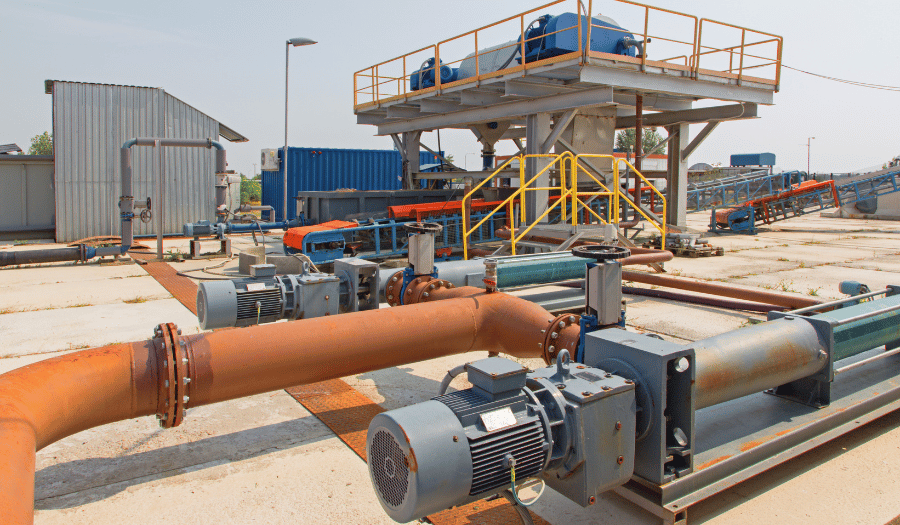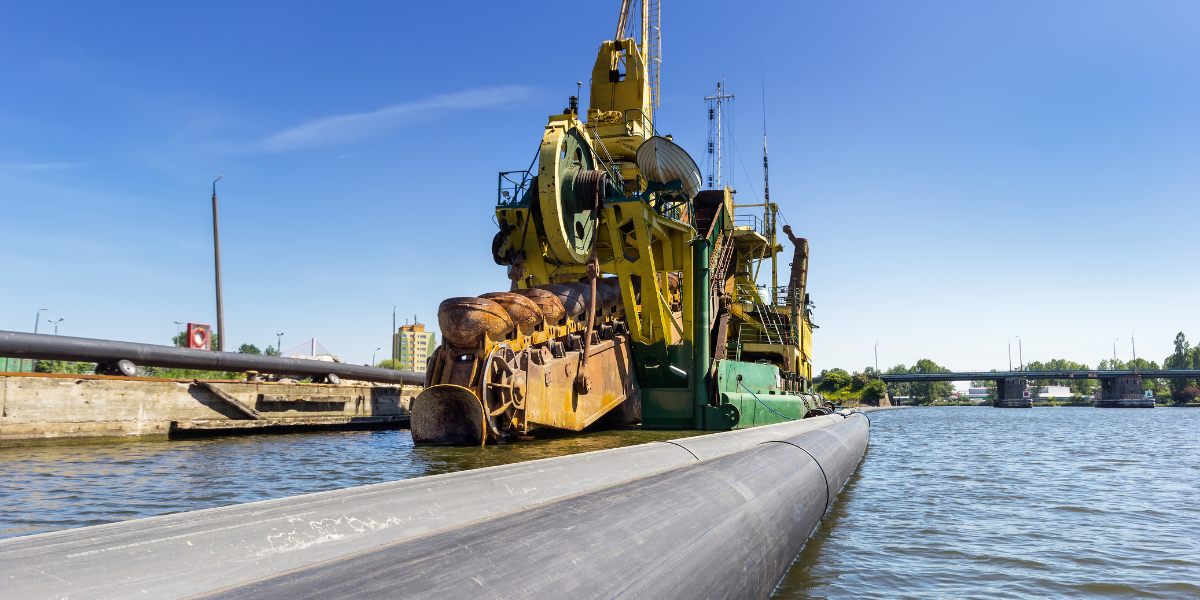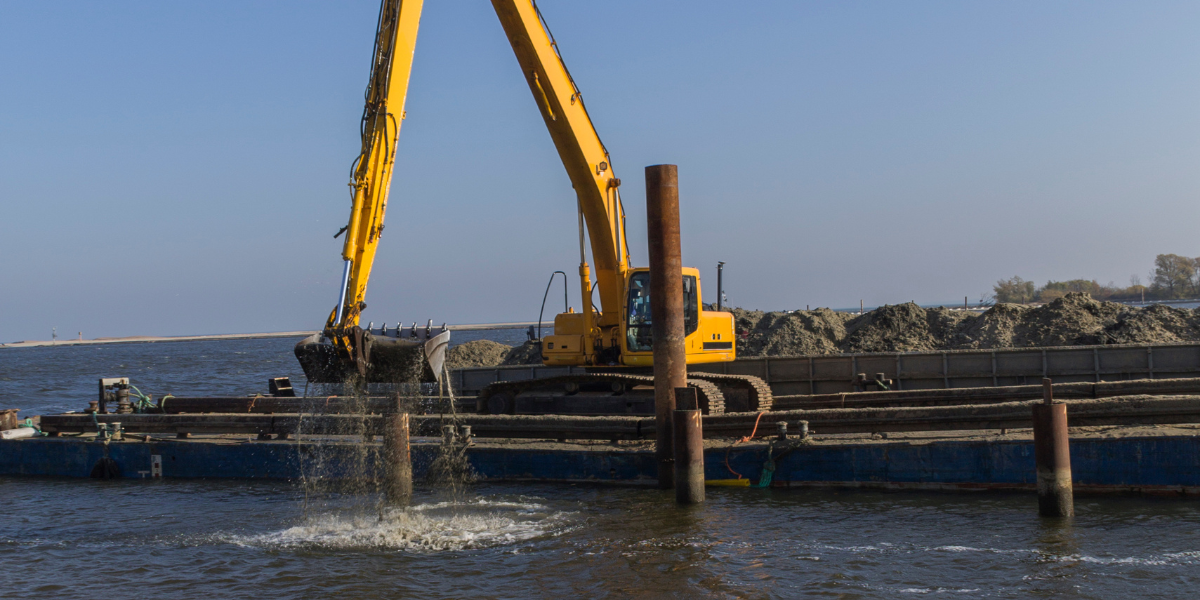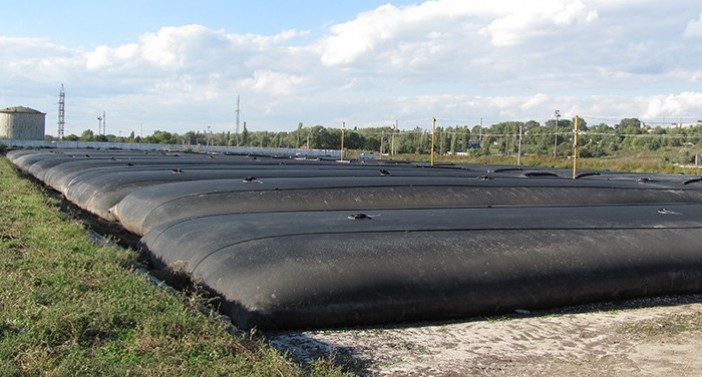U.S. Aqua: Your Partner in Pipeline Dredging Support
At U.S. Aqua Services, our pipeline support services are tailored to meet the distinct challenges of submerged and buried pipelines. Whether tackling...

Dredging is a vital activity for maintaining waterway navigability, environmental cleanup, and resource extraction. After dredging, the material extracted from the bottom of water bodies contains a high percentage of water, making its handling, transportation, and disposal challenging and costly. Dredge dewatering is a critical process designed to address these challenges by removing excess water from dredged material, making it easier to manage and more environmentally friendly to dispose of or reuse.
Dredge dewatering is the process of separating water from the solid materials dredged from bodies of water. This step is crucial because it significantly reduces the volume of the material, lowers transportation costs, and facilitates more options for disposal or reuse of the dredged sediments.
Efficient dewatering is integral to modern dredging operations due to its high impact on the overall cost-effectiveness and environmental compliance of dredging projects.
Mud Pumps: For projects dealing with heavy slurry or sediment-laden materials, mud pumps play a critical role in moving dense mixtures efficiently. These positive displacement pumps are designed to handle abrasive, high-viscosity materials, making them essential for transferring dredged material to dewatering systems or processing sites.
Proper dewatering has a direct impact on environmental safety. By reducing the water content in dredged materials, the risk of contaminant spread through runoff or leaching is minimized. Moreover, effective dewatering allows for the beneficial use of dredged materials in construction, landscaping, or coastal restoration projects, contributing to sustainability efforts.
For final moisture removal, dredge drying beds offer a simple and cost-effective solution. These beds are constructed to facilitate further drying under ambient conditions, where dredged material is spread out to dry over large, permeable surfaces. This method is especially useful for materials that have gone through initial mechanical dewatering processes and need further reduction in moisture content before disposal or use.
Some benefits of using dredge drying beds include:
Effective dewatering is essential for the success of any dredging project. By choosing U.S. Aqua, you benefit from our expertise in both dredging and the subsequent dewatering process. We ensure that your project not only meets all regulatory and environmental standards but also achieves your operational goals efficiently.
To learn more about how our dredge dewatering services can enhance your next project, or to discuss your specific needs, visit our website or contact us today. Let U.S. Aqua help you navigate the complexities of dredge dewatering with ease and expertise.
U.S. Aqua Services was created to support the dredging process in advancing commerce and responding to its many challenges. To accomplish this, our dredging company assembled an exceptional group of experienced individuals and a diverse inventory of dredge equipment and excavator dredge pumps.
We offer dredging equipment rental services so you can have access to the latest and greatest in dredging technology without having to pay to maintain it, transport, and store it, along with dewatering services.
With an emphasis on mobility, dependability, durability, diversity, efficiency, and safety, our dredging rental company can ensure that our different types of dredging systems are easy to move through any terrain and can work in the most rugged and remote environments. Our multi-function hydraulic systems are built with jetting and mechanical options that can efficiently move loose sediment or stiff layers of clay.
US Aqua services also and maintains a ready fleet of Amphibious Marsh Equipment capable of completing projects in some of the harshest and most remote environments. U.S Aqua is also the dealer for Louisiana of the amphibious vehicle Fat Truck. No matter the size or scope of the job or the remoteness of your work location, you can rely on Fat Truck’s industrial off-road utility vehicles to get the job done right.

At U.S. Aqua Services, our pipeline support services are tailored to meet the distinct challenges of submerged and buried pipelines. Whether tackling...

Are you seeking assistance with dredging? As a leader in expert dredging and wetland services, we are dedicated to providing tailored solutions that...

Dredging can be a necessary but costly process, so it's important to minimize environmental impacts. One way to do that is by using dredge dewatering...